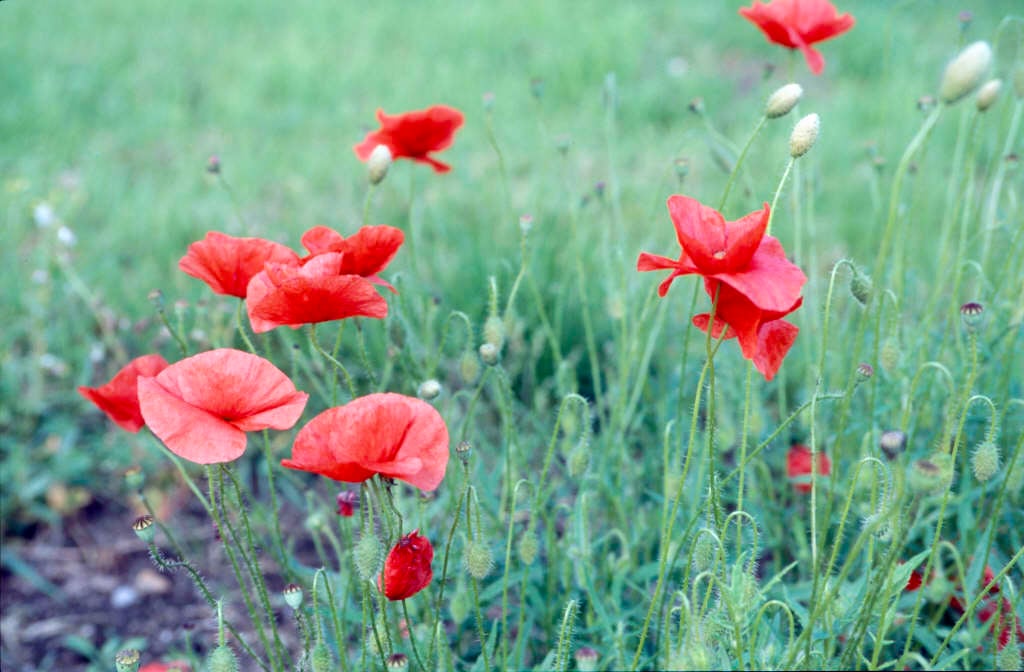Papaver rhoeas
common poppy
An erect annual about 75-90cm tall, with oblong, downy light green leaves to 15cm long, and solitary, bright scarlet, bowl-shaped flowers, sometimes marked black at the petal bases, produced in summer, on short downy stalks
Other common names
African roseblind-eyes
see moreblue-eyes
cheese couls
cheese cowl
cock rose
cop rose
copper rose
corn poppy
field poppy
Flanders poppy
headaches
prophetic leaf
red cornflower
red poppy
redweed
Shirley poppy
wind rose
canker
canker rose
corn rose
cornflower
headache plant
thunder flower
Synonyms
Papaver arvaticumPapaver vulgaris
Size
Ultimate height
0.5–1 metresTime to ultimate height
1–2 yearsUltimate spread
0.1–0.5 metresGrowing conditions
Moisture
Well–drainedpH
Acid, Alkaline, NeutralColour & scent
| Stem | Flower | Foliage | Fruit | |
| Spring | Green | |||
|---|---|---|---|---|
| Summer | Red | Green | ||
| Autumn | Green | |||
| Winter |
Position
- Full sun
Aspect
South–facing or West–facing
Exposure
Exposed or Sheltered Hardiness
H7Botanical details
- Family
- Papaveraceae
- Native to GB / Ireland
- Yes
- Foliage
- Deciduous
- Habit
- Clump forming
- Genus
Papaver can be annuals, biennials or herbaceous perennials with simple or pinnately divided leaves and short-lived, saucer-shaped, 4-petalled flowers which may be solitary or in racemes
- Name status
Correct
How to grow
Cultivation
Grow in any well-drained fertile soil in full sun
Propagation
Propagate by seed
Suggested planting locations and garden types
- Wildlife gardens
- Wildflower meadow
- Coastal
- Cottage and informal garden
- Gravel garden
- Flower borders and beds
- Cut flowers
Pruning
No pruning required
Pests
May be susceptible to aphids
Diseases
May be susceptible to downy mildews, powdery mildews, fungal wilts and verticillium wilt
Get involved
The Royal Horticultural Society is the UK’s leading gardening charity. We aim to enrich everyone’s life through plants, and make the UK a greener and more beautiful place.

